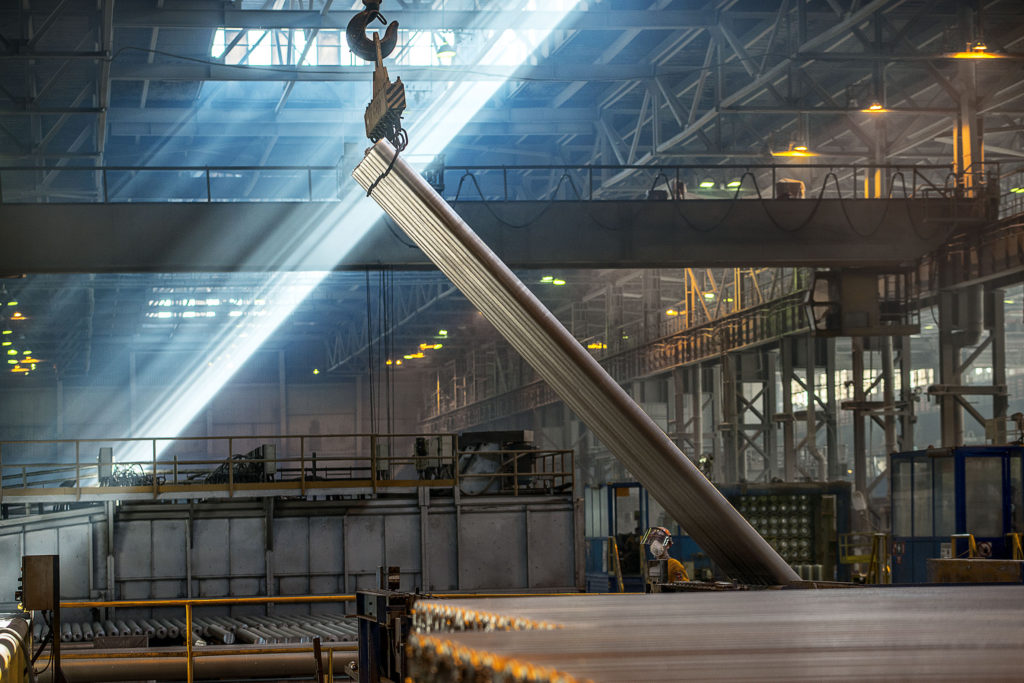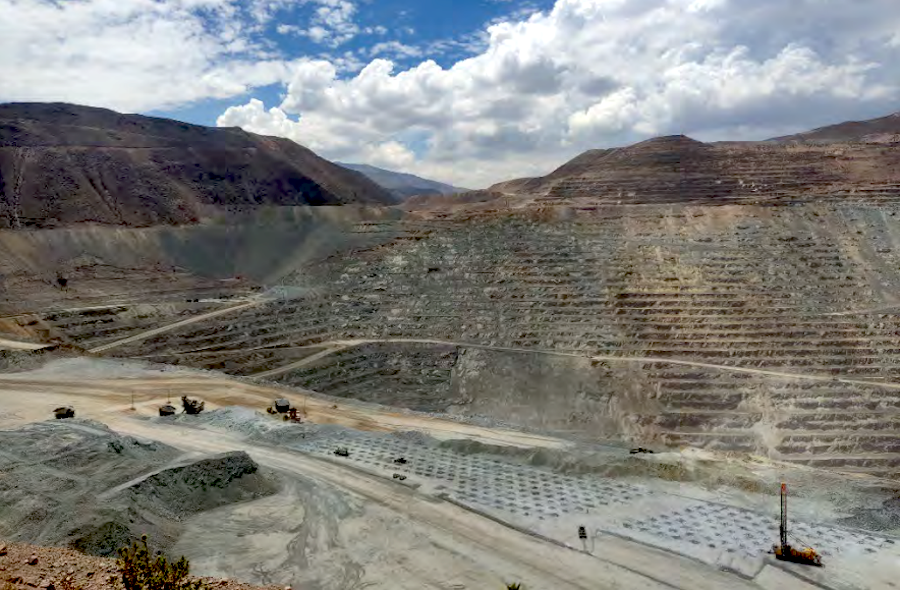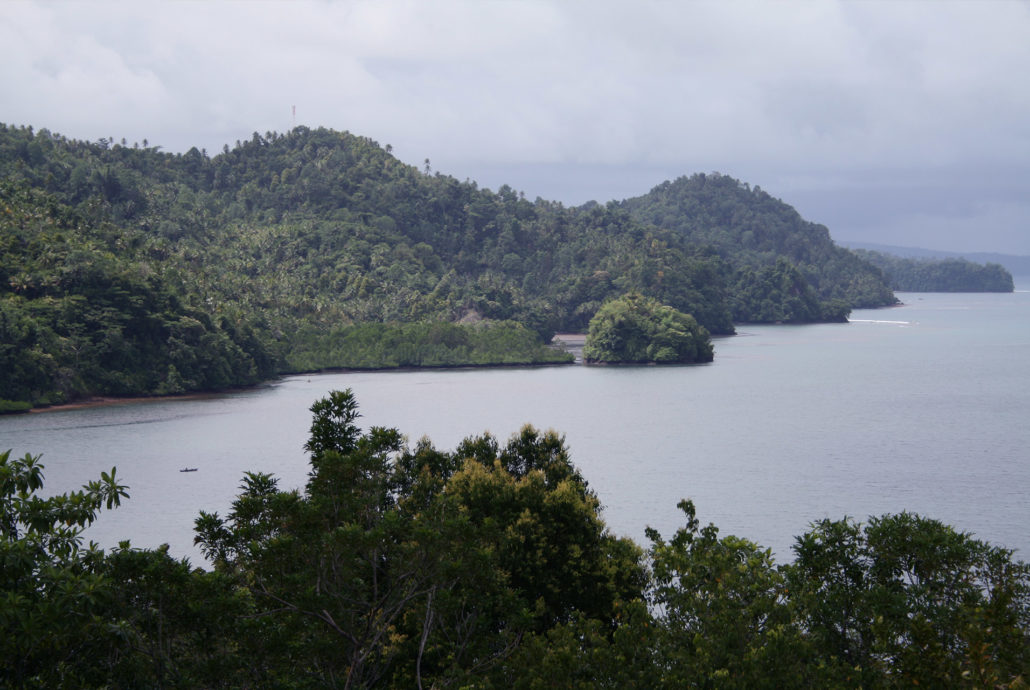Rising aluminum demand rapidly reshaping market landscape: Home

(The opinions expressed here are those of Andy Home, a columnist for Reuters.)
How green would you like your aluminium?
The answer for a growing number of electronics manufacturers, car makers and packaging companies is as green as possible.
This rising demand for metal with a low-carbon or even zero-carbon footprint is rapidly reshaping the market landscape.
Russia’s Rusal, the world’s largest aluminium producer outside China, announced last week it plans to spin off its higher-carbon production assets into a new company, leaving its low-carbon refineries and smelters in a rebranded “AL+”.
China’s Hongqiao, the world’s largest privately-owned producer, is planning to move another million tonnes of smelting capacity from coal-rich Shandong province to hydro-powered Yunnan to reduce its carbon footprint.
The race to decarbonise aluminium’s energy-intensive production process is on and the world’s biggest global players are re-positioning themselves to navigate the resulting tectonic market shifts.
Doing the Russian splits
Rusal’s carbon split is a reflection of the growing consumer preference for greener brands of aluminium such as the company’s ALLOW, which has a carbon footprint five times below the industry average.
But it is also being driven by the looming prospect of a European carbon tax on imports of industrial commodities such as aluminium.
The region accounted for 42% of Rusal’s sales in the first quarter in this year and the company warned against a “one-size-fits-all” Carbon Border Adjustment Mechanism (CBAM) in an October submission to the European Commission.
Rusal suggested instead a waiver of existing European aluminium tariffs for low-carbon metal but the political momentum appears to be moving in the opposite direction, with growing support in the European Union for a carbon levy of some sort.
Rusal suggested instead a waiver of existing European aluminium tariffs for low-carbon metal but the political momentum appears to be moving in the opposite direction
The form and timeline of any aluminium carbon wall remains beholden to the labyrinthine decision-making process of the European Commission.
The European Aluminium Association (EAA), which represents over 80 companies in the region, has also come out against the proposed CBAM and is fighting an intense rearguard action over the devilish details of the proposals.
However, carbon differentiation is coming sooner or later in Europe and Rusal’s split preempts that reality.
The renamed “AL+” with its newer, hydro-powered Siberian smelters will direct flows of green metal towards Europe and other export markets.
The older assets, due to undergo a long-term modernisation programme, will “concentrate on the development of the domestic market and its growth potential”, Rusal said.
The green consumer revolution has evidently yet to arrive in Russia.
The race to Yunnan
Rusal has the massive green advantage of being largely a hydro-powered aluminium producer.
China’s Hongqiao started out at the opposite end of the carbon spectrum, churning out over six million tonnes every year from smelters powered by captive coal generators in Shandong province.
It has already dismantled two million tonnes of capacity and moved it to Yunnan province, part of a larger hydro rush by a Chinese smelter sector that is overwhelmingly coal based.
The planned shift of another million tonnes is a sign of the building pressure on the sector after President Xi Jinping’s pledge that Chinese coal consumption will peak over the course of the current five-year plan running to 2025.
Hongqiao’s migration, it is worth noting, comes at an operational price.
It is swapping its energy security for the vagaries of the Yunnan power grid.
Low rainfall in the province is already impacting aluminium smelter operating rates and more trouble may be coming as the regional government tries to hit its energy consumption targets.
Yet Hongqiao has evidently decided that the price is one worth paying if it is to reap the rewards of being a green, hydro-powered aluminium producer.
Premium metal
Political mandates for decarbonisation in both Europe and China are accelerating the consumer-driven trend towards greener aluminium products.
They are also forcing a splintering of market pricing between low- and high-carbon metal.
The resulting premium for green metal has so far only appeared in the financial plumbing of the market in the form of financing linked to sustainability metrics.
Rusal, for example, signed in February a $200 million pre-export finance facility with the interest rate “subject to a sustainability discount or premium” depending on the company meeting sustainable performance targets.
Trade house Trafigura announced last September a $500 million financing facility for low-carbon aluminium at a discounted rate, allowing the payment of a notional premium to the producer.
Stock financiers, a key part of the aluminium market’s ecosystem, may already be trading a green premium in this sort of way.
So far there has been no sighting of a low-carbon premium in the physical transaction chain.
But that may be about to change as well.
Price reporting agencies such as S&P Global Platts and Fastmarkets have this year launched new green aluminium premium assessments.
They are clearly anticipating the premium for low-carbon aluminium will sooner or later spill out of the financing sector into the physical supply chain.
Rusal and Hongqiao in their different ways are preparing for exactly such an outcome, clearly differentiating part of their output as low-carbon product.
Fastmarkets currently assesses the premiums for European low-carbon ingot and products at a nominal $0 and $10-15 per tonne over London Metal Exchange cash prices respectively.
Given the current pace of decarbonisation change in the market, such assessed premiums are not going to stay at those nominal levels for too long.
(Editing by Jan Harvey)
More News
Southern Copper says 20 injured in attack at Peru mining project
Images circulated on social media showed the Los Chancas mining camp in flames, reminiscent of a 2022 incident.
March 17, 2025 | 02:19 pm
PDAC 2025 JV Video: Exploration has reached its ‘ChatGPT moment,’ Vrify CEO says
“By placing advanced technology in the hands of geologists, Vrify empowers technical teams to make swift, data-driven decisions.”
March 17, 2025 | 02:13 pm
Baru Gold plunges after investment deals break down
Baru Gold has been looking to bring the Sangihe gold project, situated on the Indonesian island of the same name, into production.
March 17, 2025 | 02:05 pm
{{ commodity.name }}
{{ post.title }}
{{ post.excerpt }}
{{ post.date }}




Comments